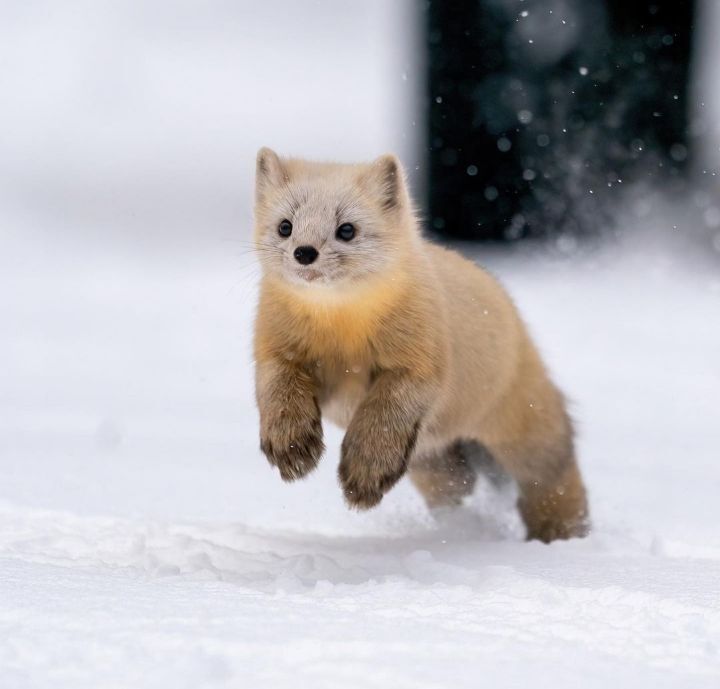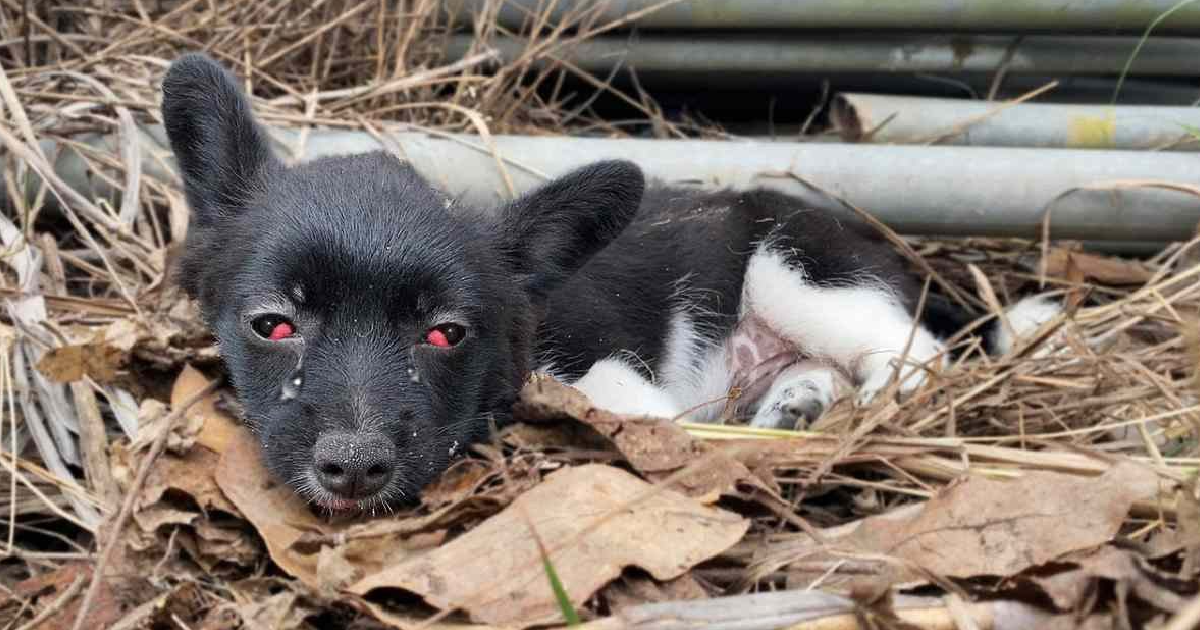
Hidden within the dense forests of Russia and parts of East Asia lies a creature of extraordinary beauty and agility—the sable, or Martes zibellina. This small but captivating mammal is renowned not only for its luxurious fur but also for its remarkable adaptations and ecological significance.
Majestic Fur

The sable is perhaps best known for its stunning fur, which ranges from a rich, dark brown to almost black, with a silky texture that has been prized for centuries. This fur was historically a symbol of wealth and status, and it remains highly sought after in the fashion industry. The sable’s pelt is not only beautiful but also provides excellent insulation, enabling the animal to survive harsh winter conditions.
Agile Hunter

Despite its elegant appearance, the sable is a skilled and agile hunter. It preys on small mammals, birds, and even fish, using its sharp claws and keen senses to track and capture prey. The sable’s agility and speed make it a formidable predator within its forest habitat.
Ecological Role

The sable plays a crucial role in its ecosystem. As both predator and prey, it helps maintain the balance of species within its environment. Its hunting activities control the populations of small mammals and birds, while the sable itself provides food for larger predators.
Conservation Efforts

While the sable is not currently endangered, it faces threats from habitat destruction and overhunting. Conservation efforts are essential to ensure that sable populations remain stable and that this magnificent creature continues to thrive in the wild. Sustainable fur farming practices and habitat protection are key components of these efforts.
Conclusion

The sable is more than just a source of luxurious fur; it is a vital part of its forest ecosystem and a symbol of the natural world’s beauty and complexity. As we work to protect and preserve the sable and its habitat, we can ensure that future generations will continue to marvel at this jewel of the forest.












